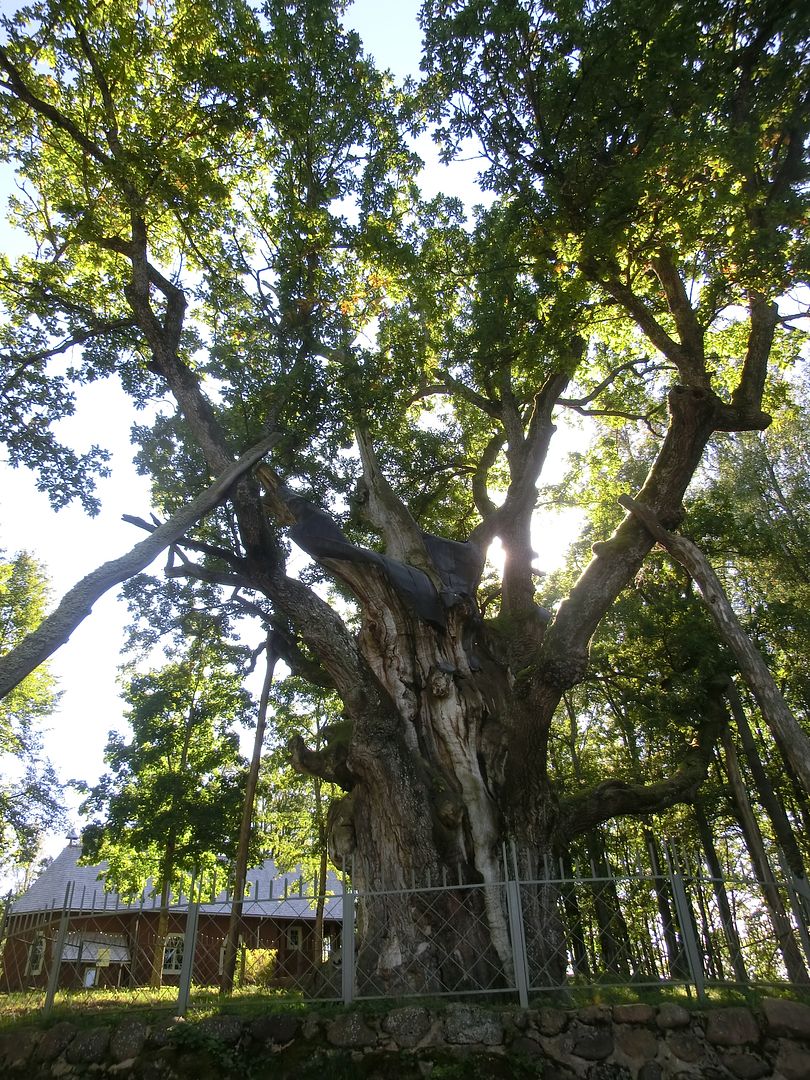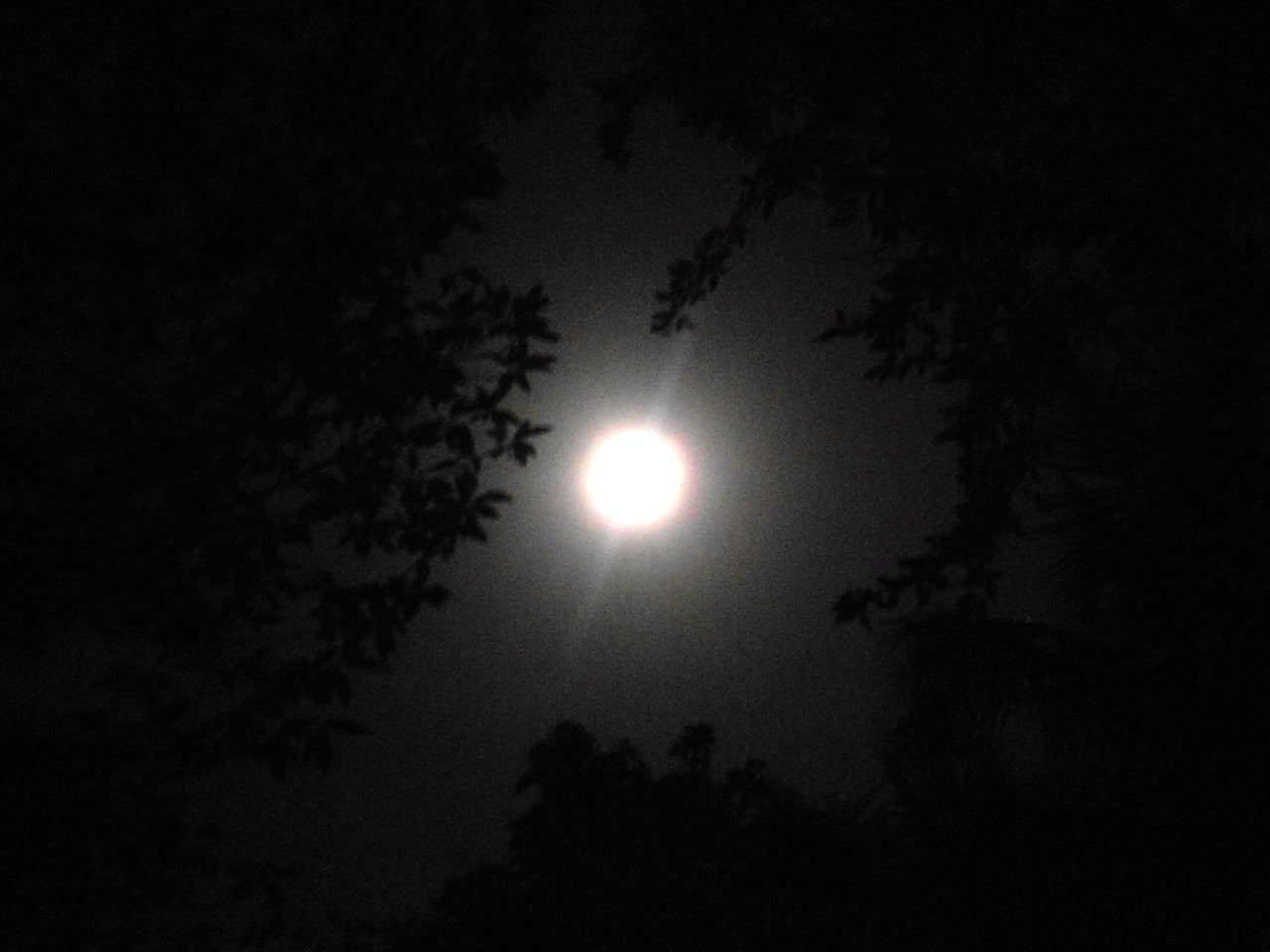I'm currently reading the book 'Witchcraft Out of the Shadows: A Complete History' (Ruickbie; 2004), and I keep finding myself wanting to put excerpts here which are very applicable; which I did recently with the Greek legend of Medea. I found another which I can't resist. To start with, after the first chapter regarding the "Old Religion" as it existed prominently in pre-Olympian Greece (and after), chapter two is entitled 'East of Midgard: Witchcraft, Magic, and Religion Amongst the Pagan Tribes of Northern Europe'. He talks about the Germanic and Gaulish tribes, and it's fascinating to ponder the interaction between these two similar cultures. It also shows how the "Old Religion" existed within the ancient Odinic German societies. It's obvious to me the cultural overlap between the magical traditions of the proto-Europeans and the incoming Teutons. For example, the Druidic traditions developed as the two merged together; and the later Germanic invasion in the east reflected the more Teutonic spirituality.
In the subsection 'The People of the Oak', based mostly on the works of the Roman historian Tacitus, the Druids are shown to be nothing less than the "doctors, poets, priest and astronomers" of the Gaulish culture. When the Roman Emperor Claudius outlawed "Druidry" in 43 CE, it took about fifteen years to wipe it out by force. Since it was an oral tradition, little is known about it today. A few small reminders exist today, such as the mistletoe during Christmas; although it had an entirely different significance to the Druids. "...the Greek philosopher Dio Chysotomus (c. 40-112 CE) compared them to those other great mystical castes of ancient times, the Persian magi, Egyptian priests and Hindu brahmin." Apparently some Alchemists believe that the Druids were part of some type of "mystery school network" which existed from Greece and Egypt, to Phonecia, to Persia, to India, and even to China. It took years of training to become a Druid or Druidess.
 Although so little is known of the Druids, it was beautiful to read about how they held court in special "sacred groves" of oak trees. I imagined groves of grey barked oak trees in Lake County, California where I spent summers when I was a child. It was almost like the oak trees possess a certain nurturing energetic quality. Even today, when I'm in some special remote place--morning, day, late afternoon, twilight, or evening--with nobody around, I find it incredible that nobody is there to enjoy the priceless feeling, sights, mood, and tranquil energy. Perhaps the Druids knew something that we don't know? I wanted to put in one more small but important excerpt that validates something that I've suspected for a good while now:
Although so little is known of the Druids, it was beautiful to read about how they held court in special "sacred groves" of oak trees. I imagined groves of grey barked oak trees in Lake County, California where I spent summers when I was a child. It was almost like the oak trees possess a certain nurturing energetic quality. Even today, when I'm in some special remote place--morning, day, late afternoon, twilight, or evening--with nobody around, I find it incredible that nobody is there to enjoy the priceless feeling, sights, mood, and tranquil energy. Perhaps the Druids knew something that we don't know? I wanted to put in one more small but important excerpt that validates something that I've suspected for a good while now: "Julius Caesar had broken their (the Druids) power in Gaul by 58 BCE and in 60 or 61 CE the Roman legions laid wast to their holy sanctuary of Mona (Mon) on the island of what is now called Anglesey (Wales). Tacitus describes how black-robed druidesses urged on the Celtic warriors and cursed their Roman attackers with great shouts and screams. The Romans were terrible in victory and having won the field of battle, destroyed the sacred groves and massacred the druids. As a spiritual and political force they were finished and gradually declined into obscurity."
The word Mòn meant "Moon" to the ancient Camunni. In the Camunian dialect, Al Camònega means "Val Camonica," and "mòn" is present in many words in the Lombard language and Camunian sub-dialect of Brescian; likely always having some tie-in to an old phrase with a moon-connection. There is a Camunian village called Monno in Italian, but was actually called "Mòn" in the Lombard language. It literally meant "Moon," and perhaps was the site of some forgotten temple to the moon goddess. Also, as I am somewhat ashamed to admit, the word "Mòna" in Camunian--which was very likely the actual, now forgotten, ancient local name of the moon goddess--is a vulgar and slanderous name for a woman.
I have long suspected, based on what little information I have come upon regarding ancient mostly central European languages, that the proto-European word for moon was "mòn." Also, more importantly, the word for the ancient moon goddess was "Mòna." Lombardy was once part of Cisalpine Gaul, and the ancient Camunni were a very ancient proto-European people. The Welsh, like Basques and Camunians, are also a very ancient proto-European people. Wales is where this "holy sanctuary of Mona" was located. It seems to suggest that the words and spiritual concepts of Mòn and Mòna were of pre-Celtic proto-European origin. In other words, the European-wide "Old Religion." Going back to the last glacial movement, where the northern two-thirds of Europe was covered by a mile high sheet of ice, this goddess had a common origin.
The Gaulish Mòna, the Greek Hecate, the Roman Diana, the Venus of Willendorf, etc., were all of a common origin if you go back far enough. People just can't wrap their minds around the fact that the true-Mediterraneans and original Teutons arrived later. Before there were Greeks, Germans, English, etc., there was this type of "European native" and their spiritual tradition. The origin of the "Old Religion." Of course, even before Christianity, it was being merged, marginalized, and sometimes altered. For example, there was likely Alchemical influence during the Middle Ages. The word "mòn" became "moon," and the Roman-Latin "Luna" and "Lunar" replaced it in scientific and spiritual reference. Also, the "horned god" was the "father god" of the Old Religion all over Europe from Cyprus to Scotland.
Cernunnos and Mona were later local manifestations of this "god and goddess" in Gaul. Much earlier manifestations of this same "god and goddess" were "The Sorcerer" and the "Venus of Willendorf." When we go back the far in time, we must suspend our idea of geography somewhat in order to comprehend that time period. So have we finally solved the problem of finding an ancient "European name" for the Almother? Regional names, such as Hecate, only seem to confuse the issue. As for the Alfather of the Old Religion, the late Stewart Farrar used the name "Karnayna," although I don't know at this time if this was based on any ancient word or concept. I had discussed in that earlier article the problem with adopting names from local traditions, since people often just can't separate that particular locale with the larger concept.
"Heathen" is a good working example of the "reappropriation" of a word to fit a larger concept; while the word "Asatru" has run into problems, as people can't seem to forget it's regional Icelandic roots. It then becomes "an Icelandic religion" in some people's minds. The name "Mona" would be a good candidate for reappropriation, since it is generally just a given name and a word present in non-Indo-European languages due to it's simple pronunciation (likely to develop in various languages). "Máni" was a Norse, and probably Saxon, "moon goddess." Máni means "moon" in old Norse and Icelandic. In this somewhat parallel northern tradition, there was a "sun god and moon goddess" called "Máni and Sól." This seems to clearly show the proto-European tie-in within Norse paganism.
This tie-in is not Odinic, but a regional Norse connection to the Old Religion, which I have long suspected. I could not be certain, since "Norse witchcraft" could have developed on it's own. It is much more likely an older holdover, with Odinic influence. The author of 'Witchcraft Out of the Shadows' is Leo Ruickbie from the UK.
.




No comments:
Post a Comment